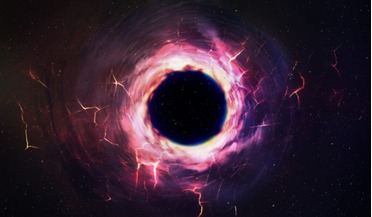 30 July 2018
Test of Einstein’s general relativity theory successful after 26 years
30 July 2018
Test of Einstein’s general relativity theory successful after 26 years
... effects predicted by Einstein’s general relativity theory on a star passing near the supermassive black hole in the Milky Way galaxy. This supermassive black hole, the closest to the Earth at 26000 light-years away, is surrounded by a group of stars...
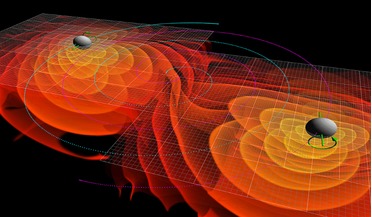 12 December 2016
Gravitational waves proved Einstein right, now they may help prove him wrong too
12 December 2016
Gravitational waves proved Einstein right, now they may help prove him wrong too
...Theorem’ after a comment from John Wheeler – who coined the phrases ’black hole’ and ‘wormhole’ – who said that ‘black holes have no hair.’ Nonetheless, a hair-free black hole posed another problem as the loss of information contravened accepted laws...
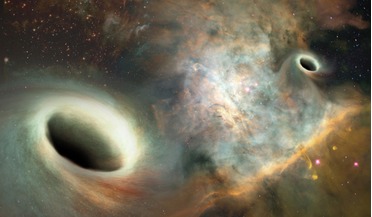 08 November 2021
Latest gravitational wave catalogue details 35 new detections
08 November 2021
Latest gravitational wave catalogue details 35 new detections
... these mergers exceed 100 times the mass of our Sun, and are classed as intermediate-mass black holes. This type of black hole has long been theorised by astrophysicists, but has so far been hard to spot. Thanks to these observations...
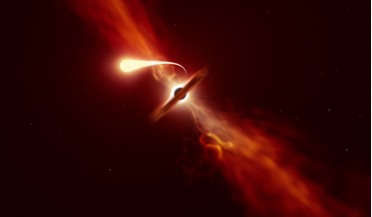 12 October 2020
Rarely detected star shredding event caught in unprecedented detail
12 October 2020
Rarely detected star shredding event caught in unprecedented detail
... across the globe, a rare blast of light from a star being ripped apart by a supermassive black hole has been caught in unprecedented detail. Black holes, by their very definition, are extremely difficult to detect. But every now and then, these...
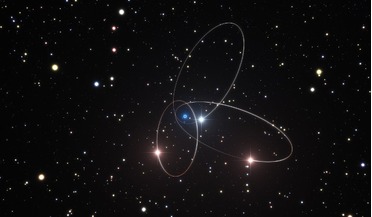 09 August 2017
Stars orbiting Sgr A* hint at relativistic effects
09 August 2017
Stars orbiting Sgr A* hint at relativistic effects
...the orbit. Nonetheless, these are the first measurements of this type to be made for stars orbiting a supermassive black hole. "The Galactic Centre really is the best laboratory to study the motion of stars in a relativistic environment. I was amazed...
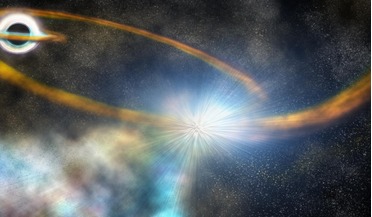 27 September 2019
TESS sees its first rare star-shredding event
27 September 2019
TESS sees its first rare star-shredding event
..., NASA's planet-hunting Transiting Exoplanet Survey Satellite (TESS) has watched it happen. The bringer of doom is a supermassive black hole that sits at the centre of a galaxy called 2MASX J07001137-6602251 located around 375 million light-years...